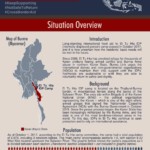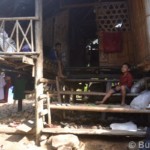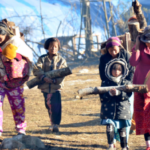Markus Rudolf and Clara Schmitz-Pranghe/ BICC | July 3, 2018
After multi-party elections and the signing of a Nationwide Ceasefire Agreement hopes were high of a possible settlement of Myanmar’s protracted conflict. Yet conflicts in the border areas and human rights abuses carry on, more than 600,000 Burmese continue to be displaced within Myanmar and three to five million remain in Thailand.
The findings in BICC Working Paper 1\2018 “Beyond aid: The continuous struggle to cope with displacement in Myanmar and Thailand” suggest that neither return nor local integration into the society of the host country is necessarily definite or are mutually exclusive. Both are merely two poles of a wide range of displaced persons’ possible coping strategies, encompassing return, cyclical movements, temporary return, de jure local integration and different levels and stages of de facto local integration.
In scrutinizing whether the change of governance eradicated the causes of displacement, brought peace and laid the foundation for return, the authors’ research revealed significant flaws in Myanmar’s political transition. Notwithstanding impressive achievements, conflicts persist and are likely to cause new waves of displacement. With regard to access to legal, economic, political rights, services, house, land, property and livelihoods, the situation of displaced persons (DPs) remains dire.
Still, the international community promotes return and has been reducing assistance for camps in and outside of Myanmar. For internally displaced persons (IDPs) and refugees, this means that options of refuge have diminished, while the causes to flee remain. After decades of displacement, DPs have developed a set of practices such as diversifications of livelihoods, in- come sources, residences, and others. Markus Rudolf and Clara Schmitz-Pranghe argue that it is imperative for any long-term and coherent strategy that addresses protracted displacement to take those micro realities into account.

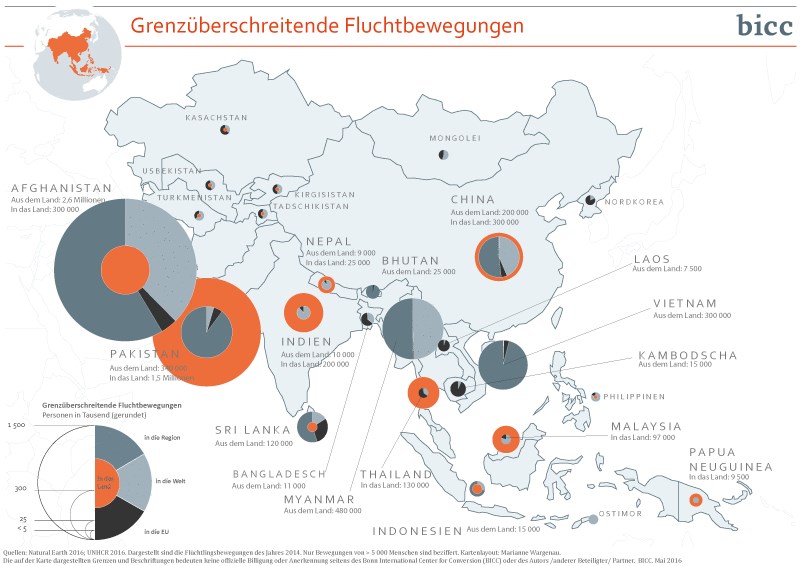

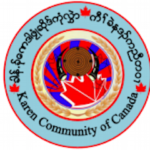
![‘The Burma Army Killed Him [Saw O Moo] – At Least the Government or the Army Should Commit to Not Do This Again’: Paul Sein Twa, Executive Director of KESAN](https://www.burmalink.org/wp-content/uploads/2018/05/Saw-O-Moo-commemoration-Paul-Sein-Twa-speaking-2-150x150.jpg)
